“Drive” (2005) by James Sallis is a lean L.A.-based crime novel about a young, rudderless man with exceptional talents who accidentally gets himself involved with the local mafia and must resort to violent means in order to save himself. Told with a sure vision, emphasizing character and location, and combining a knack for brevity with a monstrous vision of a person pushed too far and reacting in kind, this is a pretty great little book that anyone appreciating such genre treats will enjoy.
“Drive,”(2011) written by Hossein Amini and directed by Nicholas Winding Refn, is a lean L.A.-based crime film about a young, rudderless man with exceptional talents who accidentally gets himself involved with the local mafia and must resort to violent means in order to save himself. Told with a sure vision, emphasizing character and location, and combining a knack for brevity with a monstrous vision of a person pushed too far and reacting in kind, this is a pretty great little movie that anyone appreciating such genre treats will enjoy.
Yes, these two things are hugely similar, all the way down to tone and intent, but when you crack them both open and look at their gooey insides, you see that a lot of the little details are different, to the point where if someone made a movie EXACTLY like the book, it would be a pretty different movie. This has definitely become a theme among these book to film adaptations, like “First Blood” and “2001: A Space Odyssey,”striking overall similarities and very interesting little differences.
Both stories are centered on Driver, in the movie played by Ryan Gosling (who convinced Refn to direct the film), and in the movie we know next to nothing about his back story. His employer and only friend Shannon (Bryan Cranston) tells Driver’s neighbor Irene (Carey Mulligan) that he hired him as a mechanic when he came looking for a job one day and that was it. We also know that Shannon got Driver his job as a stunt driver for the movies, and also helps him with fixing up the cars that Driver uses for his getaway driver jobs. We don’t know where Driver came from, he is a total enigma.
The book, however, tells us much more: Driver in the novel assisted his father at a very young age in his cat burglar outings, and he was taken away from his mother when she killed his father at the dinner table. His foster parents in Tucson just kind of let him be until the age of 16 when he took their car and hightailed it to Los Angeles. We get little bits of his memory of his mother (“For a time she’d been obsessed by insects. Whenever she found one crawling, she’d cover it with a water glass and leave it to die.”) and at one point he recounts the tough first few months of living on the streets in L.A., and overall we just get more info on this dude and who he is and what may possibly account for his actions.
Is this a good thing? Part of the coolness of “Drive” is how Driver is so much of an enigma, which makes him more of a force of nature than a person, an elemental being comprised of gasoline and loneliness and vengeance. We don’t need to know the details of his messed up back story, we just know that he has one, and it is likely haunting him. But these extra details aren’t a bad thing, either. Maybe because they are not really presented as excuses for his behavior, they are just some of the added details that makes Driver a more rounded character, someone worth following page by page, as a huge majority of the story just like the movie is from his perspective.
Not only is Driver a more expansive and detailed character in the book, but his world is opened up much more, in that he encounters way more people and has more acquaintances than he does in the movie. In the movie he has his buddy Shannon, his neighbor Irene (and her kid Benicio) and her ex-convict husband Standard Gabriel (Oscar Isaac), and that’s it. The only other people Driver encounters in the film are the bad guys.
But in book form, Driver is a regular old fucking man about town. Well at least in comparison. Shannon is still there as his friend and as the guy that got him into professional stunt driving, but that’s where that relationship begins and ends. Shannon doesn’t do any connecting between Driver and the bad guys. Instead Driver hangs out at bars known for being frequented by people who need getaway drivers for their jobs, and he networks that way. A very early scene has him meeting a person known only as New Guy, and New Guy says he got Driver’s name from some dude named Revell Hicks, who is never referenced again. Then there is one chapter in which Driver meets a neighbor, a lady named Trudy, and she seems like she’s going to be a kind of significant character, but she only comes up this one time and we never hear from here again. So she seemed to exist more to show the kind of transient lifestyle Driver has taken up, and which is reflected in the movie when we see Driver’s extremely meager living quarters and minimal amount of personal belongings.
Instead of Trudy being a significant character, a few chapters later he meets another lady neighbor, this one named Irina (and her kid Benicio), and just like Irene in the movie, they become friends and he helps her out around the apartment before her husband Standard got out of prison and came home. And in the book, Standard is much more up front about how he’s cool with Driver being around, acknowledging that he’s not Irina’s husband anymore, he’s just there for the kid. So the friendship between them is kind of weird, because Driver and Irina never get explicitly romantic (it’s left at “She and Driver were hanging together a lot by then” and that’s it), and all four of them hang out together until Irina and Benicio go to bed, and then Driver and Standard stay up drinking and watching television and being buddies.
In the movie Standard is forced to do a job by the mafia assholes who have a prison debt on him, but in the book he just gets back into the game because it’s what he does, he’s a professional thief, and he casually asks Driver one night to help him on a job, which Driver accepts mostly due to Standard being a friend. It definitely seems like an attempt in the movie to make both Standard and Driver more “honorable,” and hence more “identifiable” and “relatable” (imagine studio execs talking this way) to audiences by having their hands forced into action by villains, as opposed to telling a story in which a couple of guys make a bad decision (or a series of bad decisions). Hell, in the movie they even have Benicio hand a bullet to Driver, showing that Driver only got involved because the bad guys even threatened the safety of the kid, so now the audience is really behind this guy because he’s protecting the safety of a kid! An innocent kid! The book version of Driver agrees to the job just cause Standard doesn’t mind him “hanging together” with this ex-wife and baby mama and gives him beers, so not so easy to get behind as a sympathetic protagonist.
A character totally left out of the movie is Manny, a hot shot millionaire Hollywood screenwriter who likes to slum it in everything he does except with the car he drives and the wine he drinks. Otherwise he’s just chilling, and having met on the set of a film, likes to get together with Driver for food and drinks and laughs. This actually makes Driver seem more relatable than what they did in the movie, because scenes like these are like seeing a drawing or painting of a monster in repose; we see that Driver is capable of social interaction and having friends and being a good person, so it makes the other scenes in which violence comes so easy to him seem so much more fierce and intense. We know he’s a chill dude, so when he’s jabbing people’s throats with car keys or shooting folks point blank in the face or choking out fools in parking lots or garroting some poor schmuck’s throat behind a building, it’s much more startling and crazy because of the comparison (oh yeah, he does all these things in the book, none of which we see in the movie). Also I think Manny is in here because of a throwaway line at the end of the book stating, “…years before Manny Gilden turned his life into a movie,” because sure enough even James Sallis knew that this was a crazy character worth making a movie about.
Then there is the way the story unfolds, and actually when boiled down to the basic elements, the stories are very similar: Driver moves to L.A., eventually meets Standard, they go on a job together and the job goes wrong, killing Standard. Driver gets away with a large bag full of money by accident, and this gets him on the bad side of the crooks that set him and Standard up to begin with, and he has to start killing people just to stay alive. But as noted, the connective tissue between these beats are different, and some of them even matter, like the aforementioned way in which Standard got Driver to help him out. Meanwhile, in the movie Driver gets hooked up with mobster Bernie Rose (an amazing Albert Brooks) through his association with Shannon, and when Driver ends up with mob money stolen by Nino (Ron Perlman), it is an unfortunate coincidence that these people all know each other and Driver ended up with this money. But in the book, as stated, Driver only got involved because his buddy asked him to, so when this asshole Cook sets up the double cross and screws it all up, Driver ends up with Nino’s money by pure chance.
In both movie and book, Driver calls Nino and offers to give him the money as long as they leave him alone, and Nino doesn’t take the opportunity because he’s an idiot. In the movie, part of Driver’s motivation for taking out Nino is so he can protect Irene and Benicio because Shannon accidentally gave that info up. But in the book they aren’t even in the equation because a little while after Standard’s death, Irina gets hit with a stray bullet from nearby gang activity, and Benicio got shipped off to relatives in Mexico, leaving Driver all alone. Oh yeah, this brings up another thing. In the movie, after Driver ends up with the money, he immediately sets to making things right, but in the book, a good amount of time passes between the botched job and him calling Nino with the offer. Not so much urgency there.
And Bernie doesn’t come in to the picture in the book until really late in the game, all the way at the end when Nino finally tells Bernie about the fuck up and the money and Driver, and this leads directly to their lifelong friendship falling apart. We also get a few paragraphs here about Bernie’s and Nino’s own back stories, how they started out in New York and why they ended up in California and what they did once they got there. That’s what’s great about a book, about the written form, it is easier to get into different characters and spend a few paragraphs or a few pages on who these people are, to give us a fuller picture, more understanding of the world, giving us something to compare our main character or characters to, whereas trying to do this in movie form is a sure fire way to either screw up the tempo of a story or stretch out your movie to a butt numbing running time.
The final confrontation between Driver and Bernie, like a number of scenes throughout the book, is very similar to what happens in the movie, though the movie ends with a little bit of ambiguity whereas the book has a much more definitive ending. The final shots of the film show Driver, bleeding from a stab wound, behind the wheel of his car, and he’s driving down the road. You can kind of see a green light in the distance. Green means go, so go on living? Or go on to Heaven? Anyway, in the book, there is no such ambiguity. Driver kills Bernie and drives off to go on living, and James Sallis references “other killings” and “other bodies” still to come, and even lets us know that Driver will eventually meet his maker “at three a.m. on a clear, cool morning in a Tijuana bar.” So Driver went on to have a few more gnarly adventures, likely because the easiest way for him to make money was by being a getaway driver, and then died most likely very violently, because no one passes away peacefully due to natural causes in the middle of the night at a bar in Mexico.
So basically Amini and Refn boiled down the book and distilled it, simmered it down to its essence, and they pretty much nailed it. We got the same Driver, alone and adrift, using his innate driving skills to make both legal and illegal money, with the same shit luck that has violence and bad people constantly in his path. The movie has the same sense of propulsion as the book, both stories moving forward relentlessly, the shitstorm for Driver getting far worse before getting any better, and it is quite something to see how the book led to the movie and how well it all translated from page to screen.

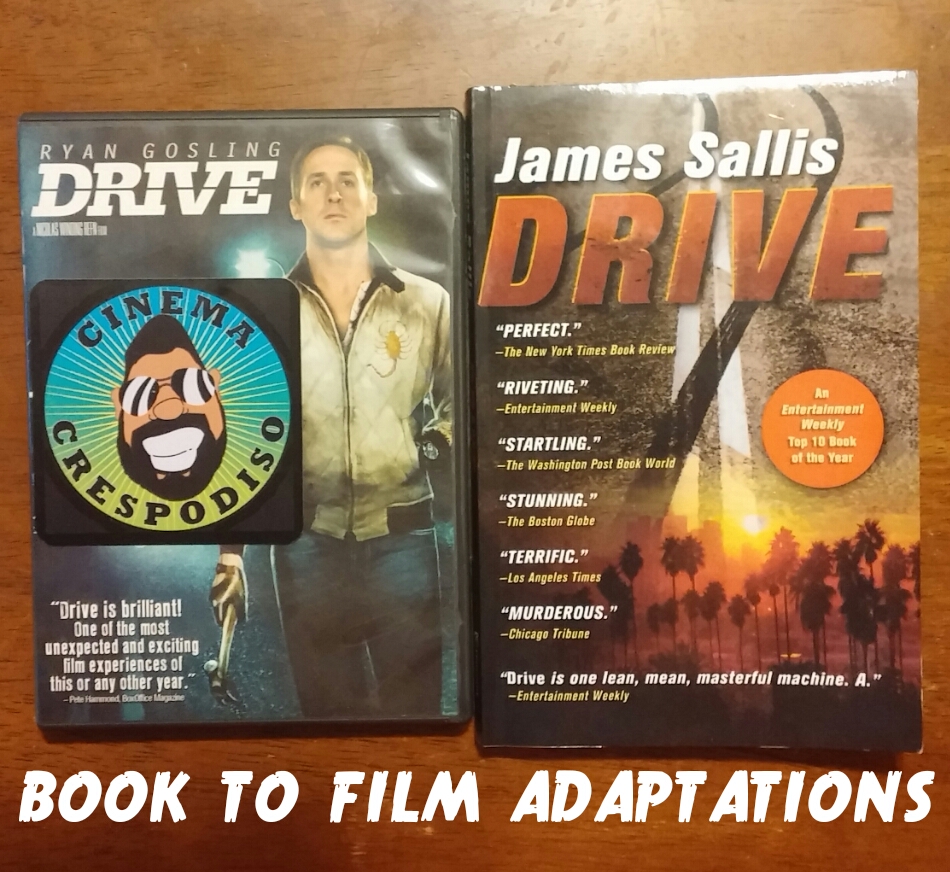
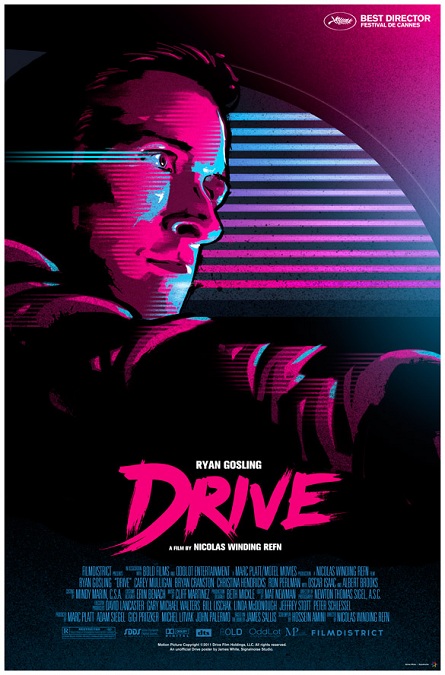
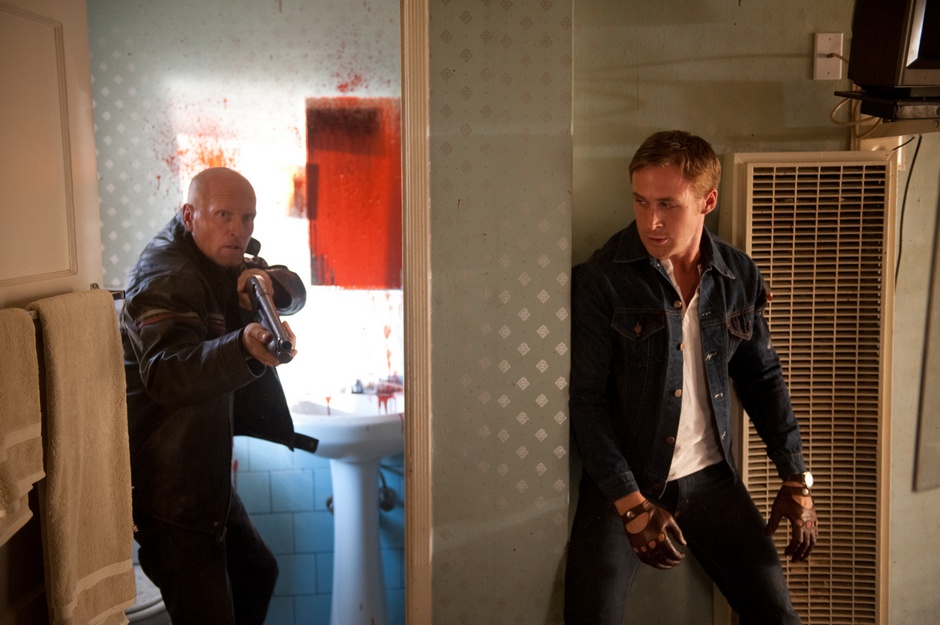
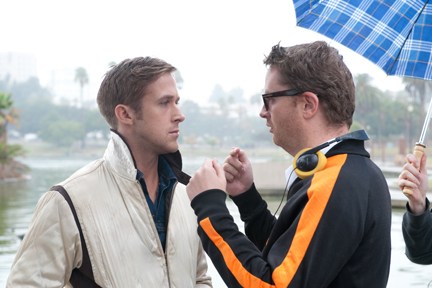
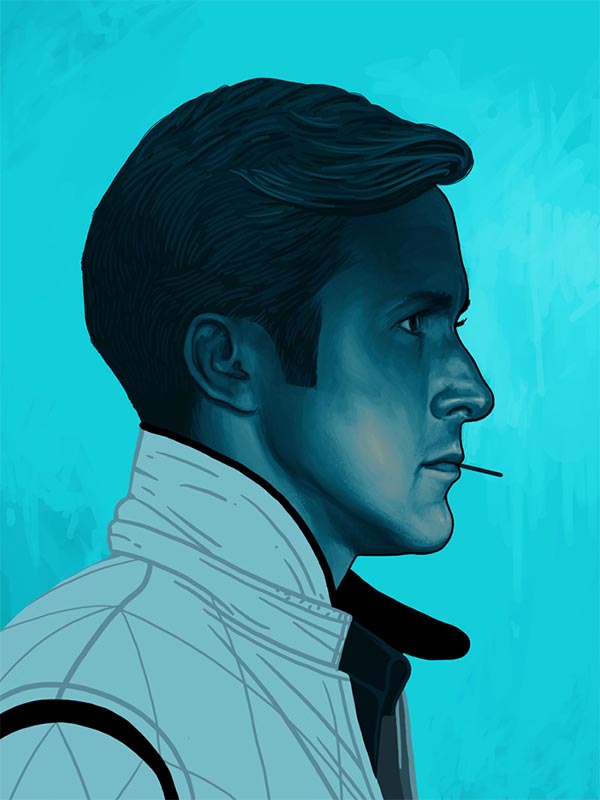
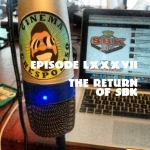 #87 – The Return of SBK
#87 – The Return of SBK Review: ‘The Wolverine’
Review: ‘The Wolverine’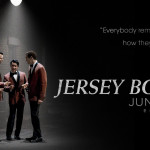 Review: ‘Jersey Boys’
Review: ‘Jersey Boys’ #515 – Pick Your Gennies
#515 – Pick Your Gennies
Leave a Reply
You must be logged in to post a comment.